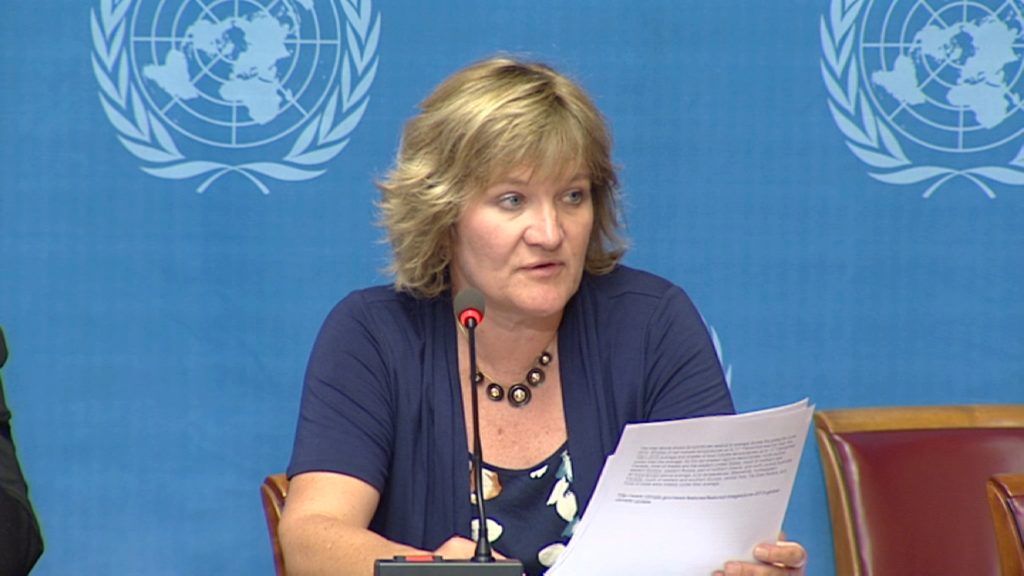As a non-traditional security threat, climate change has continued to produce daunting challenges for Pakistan. The pressing issue of global warming poses a direct threat to the country’s future economic stability and security. The devastating floods of 2010 and 2011 and the extreme heatwave of 2015 have indicated that the state should brace itself for more torrential rains and severe summer heat waves.
Although its contribution to global greenhouse gases is negligible, Pakistan is still among the top 10 most climate-affected countries in the world, as indicated by the Global Climate Risk Index developed by German watch. On account of the excessive combustion of fossil fuels in cars and factories and during electricity production massive deforestation and the uncontrolled burning of crops, the amount of emission is likely to increase. The country’s emissions are expected to increase from 405 metric tonnes of carbon dioxide to over 1,603 metric tonnes in the next 15 years.
Pakistan has been severely hit by climate change in recent years. The year 2017 broke all records when the temperature of Turbat in Balochistan reached staggering 54 degrees centigrade on May 28. Claire Nullis, the WMO spokeswoman, declared Turbat to be the hottest place on earth in summer. Moreover, the increasing temperature of Turbat has also been predicted the hottest temperature ever recorded in Asia and the fourth highest temperature ever recorded in the world.
Whenever a country’s temperature steadily rises, it is likely to face extreme weather conditions over some years. Over the past two decades, Pakistan has suffered from over 130 events of floods, droughts and heatwaves due to climate change. Despite repeated warnings, the state has been largely unprepared to tackle the adverse impacts created by the slow warming of the world’s temperature. The government’s lethargy is reflective of an entrenched cycle of bad governance and a dismal institutional failure embedded in the country’s political structure.
On account of climate change, the country has experienced some of the warmest summers in its history. As per a recent report issued by the Asian Development Bank (ADB), the annual average temperature in Pakistan has risen by around 0.5 percent degrees centigrade over the last five years, with the number of heatwave days per year increasing by about five-fold in the last three decades. The constant increase of temperature will produce scorching summers, accelerate the rise in the sea level, expedite the melting of glaciers, produce intense heatwaves, trigger the migration of animals and increase the risk of tropical storms near the coastal areas of Sindh and Balochistan in the future.
The country has also experienced a slight increase in its annual precipitation level since 1970. The increasing rate of precipitation often causes a heavy downpour during the monsoon seasons, flooding large swathes of agricultural lands and several homes along River Indus. With its cash-strapped economy, the country’s disaster management authority seems to be unable to quickly respond to heavy rains and the resultant flashfloods. Furthermore, the metropolitan corporations of major cities are prepared to effectively deal with downpours as was witnessed in Karachi last summer when torrential rains battered the city.
The changing temperatures across the world have continued to create a range of economic and security issues for Pakistan. First, the devastating impact of the gradual rise in the world’s temperature has slowly exacerbated the already burgeoning water scarcity of the country. The country’s per capita water availability has considerably decreased from 1,500 cubic metres at the time of Independence to 1,017 cubic metres. Some international organisations have repetitively warned Pakistan that it will face chronic droughts in the next 10 to 40 years due to the rising global temperatures.
According to the IMF, Pakistan’s water requirement is projected to reach 274 million cubic acre-feet (MAF) by 2025 while the estimated supply will remain stagnant at 191 MAF. This water scarcity will severely impact upon agricultural productivity, increase the risk of waterborne diseases and food insecurity and result in disruptive protests across the country. So far, the government has displayed its outright reluctance to build enough water reservoirs so that the excessive water produced by the melting of glaciers and severe monsoon rains can be stored for future use. What should not be forgotten is that the water crisis of Pakistan could increase Indo-Pak hostilities and create further friction in the near future.

Second, climate change has also brought about an adverse impact on the country’s $300 billion-strong economy. As per a recent study conducted by the UNDP, Pakistan is currently spending over eight percent of its national budget to mitigate the calamitous effects of climate change. Studies undertaken by the National Disaster Management Authority (NDMA) indicate that extreme climate events between 1994 and 2013 have caused an average annual economic loss of approximately $4 billion. The last five floods between 2010 and 2014 have resulted in financial losses worth over $18 billion with 38.12 million people affected, 3.45 million houses damaged and 10.63 million acres of crops destroyed.
Third, Pakistan, as a littoral country, has also menacingly grappled with a gradual rise in the sea level. When the sea level rises, it results in the destruction of a large number of houses located near the seashore. According to the ADB, the sea level along the Karachi coast has risen nearly 10 degrees centigrade over the last century, devouring thousands of hectares of coastal lands. The gradual melting of the country’s glaciers has contributed to this ominous issue. What is more alarming is that Pakistan’s glaciers are fast dwindling at a rate of between 30 metres and 50 metres annually due to global warming. If the government does not build an adequate number of dams to store water from melting glaciers and fails to construct concrete protection walls along seashores of its coastal areas, the sea level will continue to gradually rise and erode the coastal lands.
Fourth, climate change is also likely to cause chronic diseases owing to air and water pollution. Such pollution could aggravate the risk of asthma attacks and respiratory illnesses. There are already over 14 million Pakistanis who suffer from asthma and the incidence of this disease are increasing by about 30 percent every year. A large segment of the country’s population is at risk of contracting vector-borne diseases. The government has no feasible plan to inhibit the spread of these diseases.
Lastly, climate change is also responsible for the displacement and death of a large number of people in Pakistan. The flashfloods of 2010 created some 20 million climate refugees in the country, which is 10 percent of the total global estimate of 200 million climate refugees that are expected by 2050. These disruptive floods brought about around 1,781 deaths and destroyed over 1.89 million homes. Moreover, the 2011 floods also adversely affected the country, rendering 5.3 million people homeless and destroying 1.2 million homes in Sindh as well as inundating 1.7 million acres of arable lands.
Though Pakistan cannot resolve the issue of climate change on its own, it can convince the international community to fund the country in terms of mitigating the catastrophic impacts of global warming. The government should use adroit diplomacy to access the Green Climate Fund (GCF). The GCF amounts to $10 billion. Of this, $2 billion has already been allocated to 43 projects globally to increase climate-change resilience for 125 million people in Africa and the Asia-Pacific states.
The world community doesn’t trust Pakistan because of the latter’s protracted crisis of bad governance, rampant corruption and a lack of efficiency and transparency. So, the government should eliminate corruption and resolve the leadership crisis as soon as possible. The government also needs to expand the capacity of the Rescue 1122 service and the NDMA so that they can promptly respond to extreme disasters. The provinces should coordinate with the federal government with respect to effectively dealing with the major causes and severe consequences of climate change.




